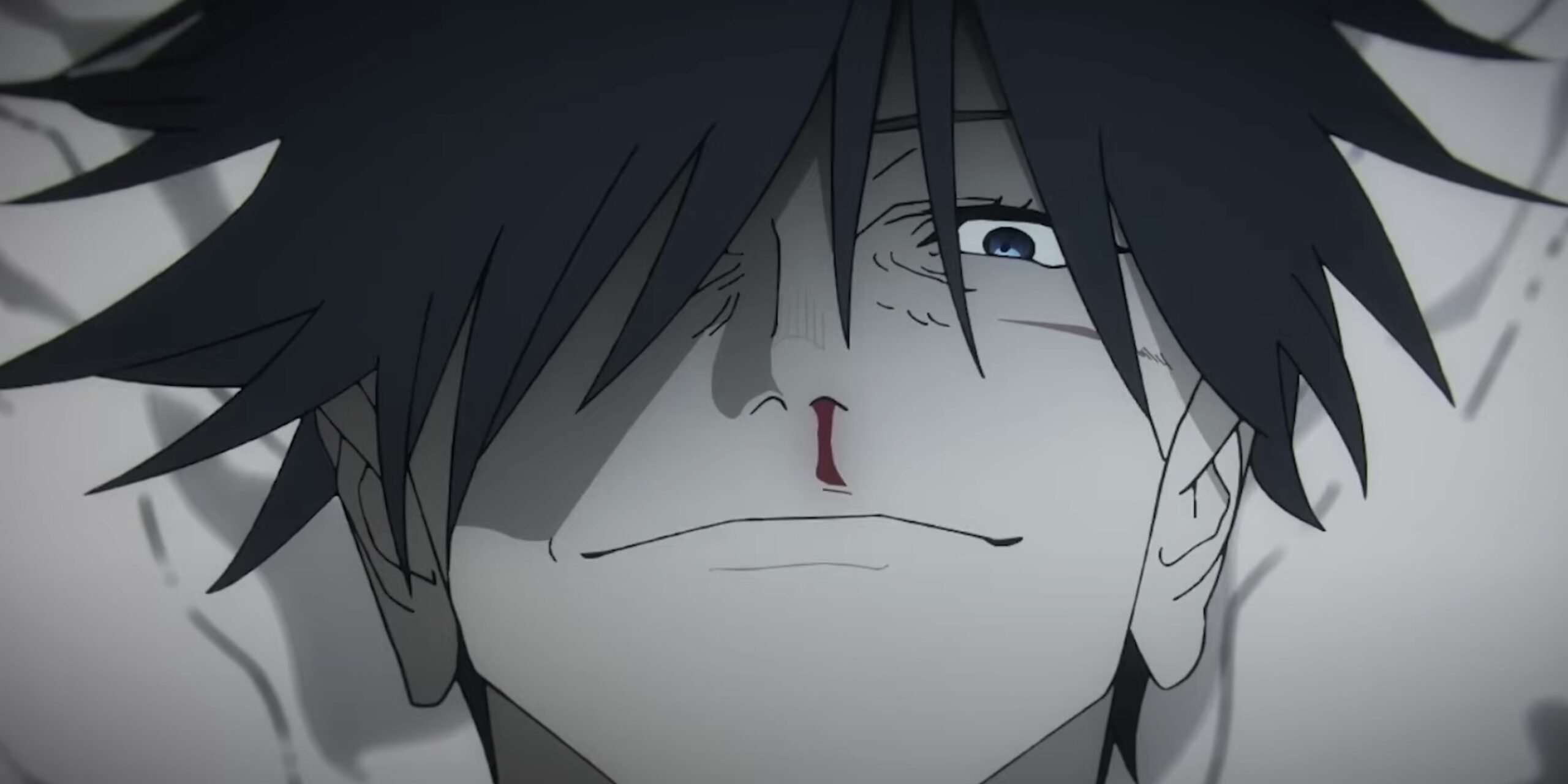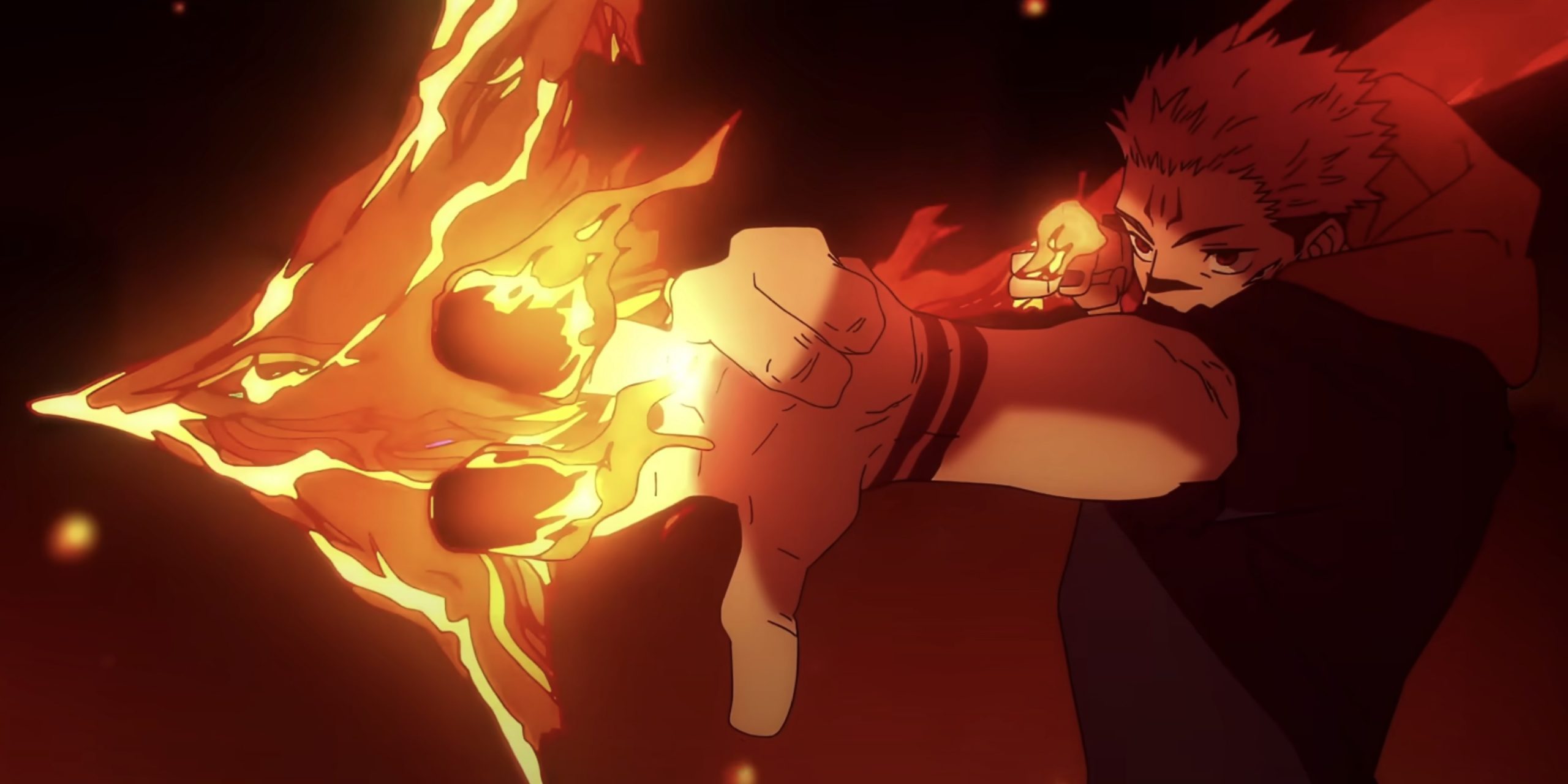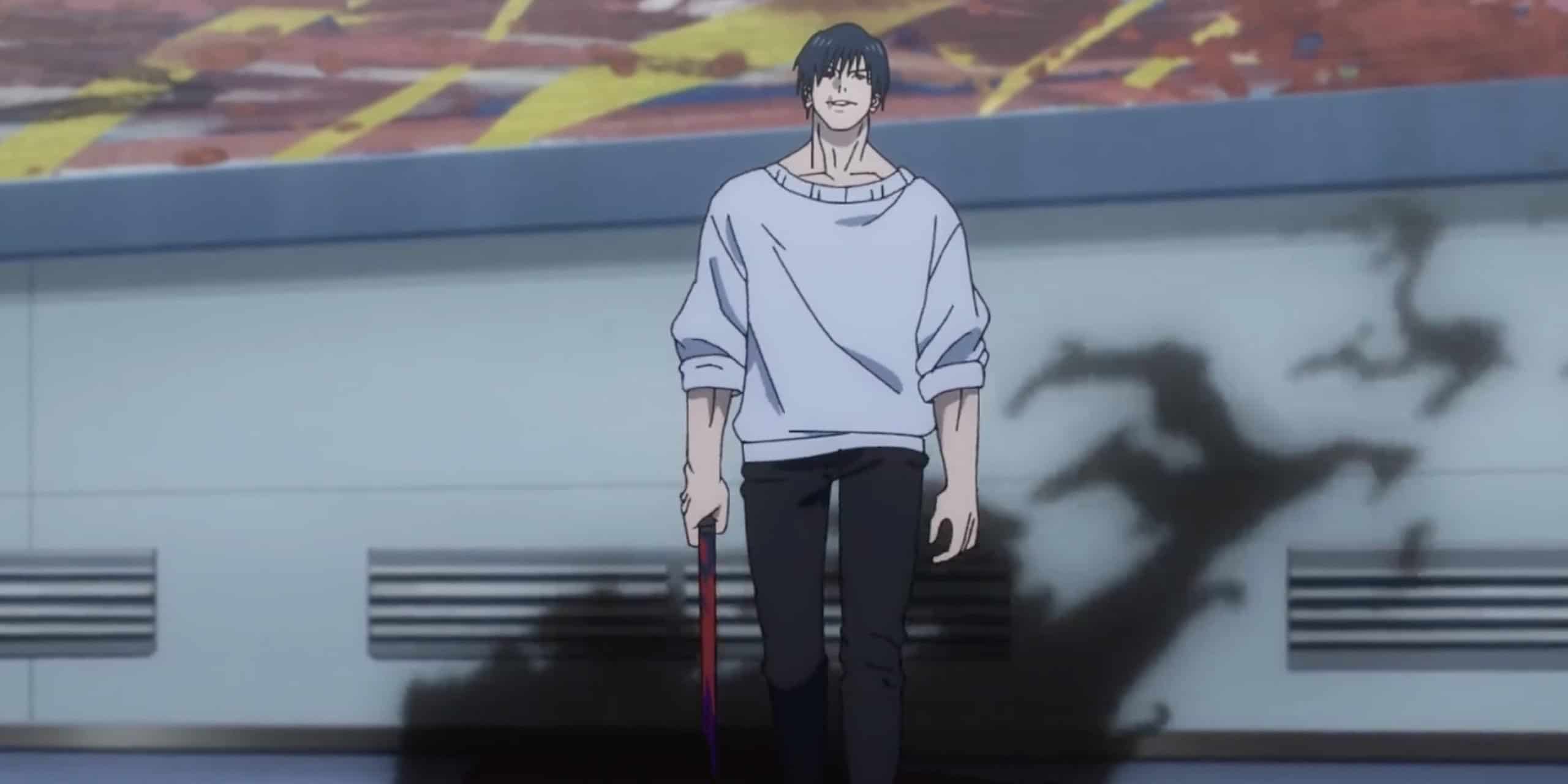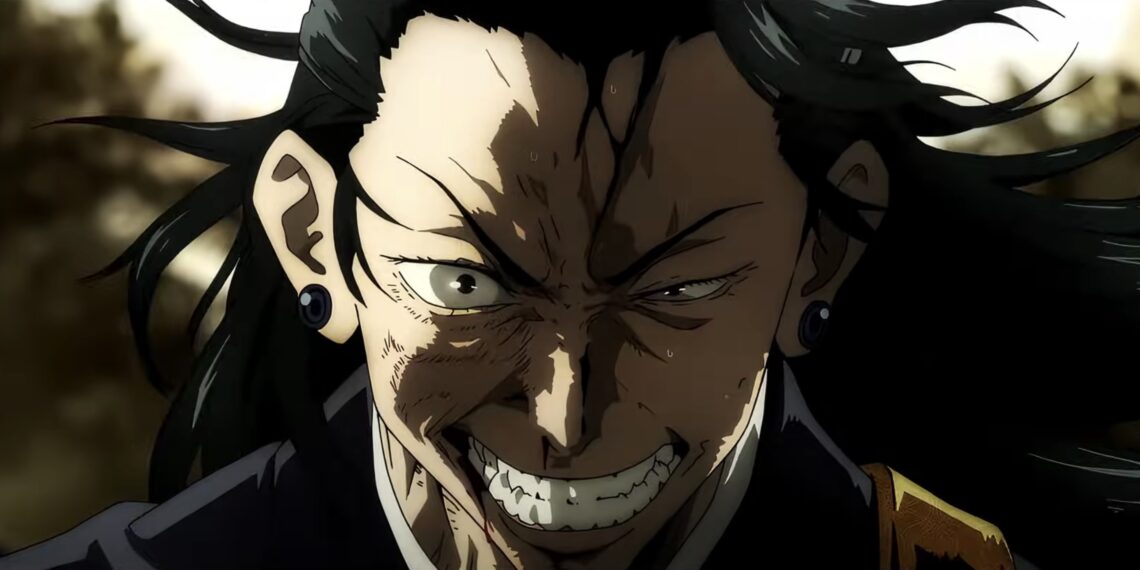In a recent social media post, veteran anime artist Nishii Terumi expressed concern that the animation industry in Japan may collapse in the coming years. Terumi, known for her animation direction on hit shows like Jujutsu Kaisen and JoJo’s Bizarre Adventure, has previously vocalized issues within the industry.
This time, she highlighted a problem that she believes could lead to an abrupt decline – the impending retirement of acclaimed animators like Hisashi Kagawa.
Kagawa, renowned for his animation direction on classics such as Sailor Moon, represents an older generation of expert animators who learned through rigorous studio apprenticeships.
As these animation masters retire, Terumi argues that there are not enough young talents able to fill the void. She asserts that Japanese animation studios have failed to train up-and-coming animators adequately.
The industry relies heavily on a small pool of veterans to handle increasingly demanding production schedules.
Without a pipeline of new recruits taught specialized skills through formal training programs, studios may struggle to maintain quality and output.

Terumi insists the time has come for the anime industry to invest seriously in nurturing its next generation or else wave goodbye to legends like Kagawa with no one left to carry on their legacy.
Terumi sounds the alarm that abandonment of proper apprenticeship poses an existential crisis, one that could swiftly lead the entire industry to collapse.
Anime Industry May Collapse In The Coming Years, Warns Veteran Animator Nishii Terumi
In Terumi’s online statement, Nishii Terumi doubled down on her ominous warning about the anime industry’s future. She stated bluntly, “It’s seriously in dire straits. Once masters like Mr. Kagawa retire, everything will come to an abrupt end.”
Terumi argued that the expertise of veteran animators has been irreplaceable to date, and anime studios have failed to implement formalized training programs to nurture next-generation talent.
Once the current masters are gone, the production skills and quality techniques they employ will disappear with them.

According to Terumi, the anime industry’s crisis goes beyond mere succession planning. She asserts that profit-oriented studios focused only on cutting costs and maximizing output are structurally incapable of dedicating resources to train younger animators properly.
The Dire Warning
These businesses rely on the veterans to keep shows on air without any long-term plans to develop apprentices.
In Terumi’s view, studios reaping short-term gains have set the entire anime machine hurtling toward collapse.
She adds, “We really need to figure out a training scheme before that happens.” Her pronouncement leaves no doubt that without studios changing course to foster new artisans, anime as we know it is on the edge of extinction. The sands are running out.
In her online thread, Terumi went on to argue that anime studios alone cannot be expected to train new generations of talent. In her view, freelance animators have largely shouldered the burden of nurturing young prospects up until now.

Terumi wrote, “You can’t rely on production studios because the ones who’ve been nurturing animators are freelancers. It’s impossible for clueless companies who only understand numbers.”
Her commentary is built upon recent posts by industry veteran Hisashi Kagawa. He observed that the critical animation director role requires extensive experience and would prove overwhelmingly difficult for newcomers.
Animation directors must draw upon years of accumulated technical knowledge to analyze storyboards, provide guidance to key animators, and ensure quality control – overall setting the visual direction for anime projects.
Yet Terumi contends that profit-driven studios without artistic experience have marginalized the importance of nurturing talent. Production companies reliant on crunching budget sheets cannot comprehend, much less prioritize, the intricate creative mentorship and training needed to sustain the industry.
Essentially, with freelance animation masters aging out, Terumi laid the blame for the loss of knowledge transfer solely on short-sighted studios.
Training Void
By benefiting from veterans without supporting the development of future generations, she charged studios with disastrous negligence. Her prognosis is that once the current masters depart, the foundational apprenticeship culture upholding anime production will crumble and the industry will be along with it.
In her statements, Terumi echoed longstanding concerns shared by others in the anime industry about its failure to develop young talent. Veteran animation director Hisashi Kagawa previously highlighted the lack of training opportunities and the shortage of experienced staff able to lead productions.

Their warnings built upon similar sentiments expressed over the years by key industry figures like Masao Maruyama.
The renowned founder of MAPPA and Madhouse Studios has criticized the industry’s damaging focus on commercialization at the expense of quality and legacy.
He contends that in the pursuit of profits, anime studios have severely neglected to foster the next generation of animators that will carry the art form forward.
Legacy Neglect
Maruyama argues that modern productions have become animation factories obsessed with cutting costs and pumping out content as quickly as possible.
In the process, veterans no longer have the bandwidth to thoroughly train apprentices, and there are decreasing paths for novices to acquire the full range of artistic techniques and specialized skills from experienced mentors.
Consequently, Maruyama sees the anime industry declining in both quality and sustainability as key retirement-age talents exit the field without qualified successors.
Combined with Terumi and Kagawa’s assessments, a consensus formed – the prioritization of short-term gains over long-term investment in human capital has left anime’s future in jeopardy as the current masters retire without heirs. Unless the deep-rooted mindset changes soon, the industry will crumble.





